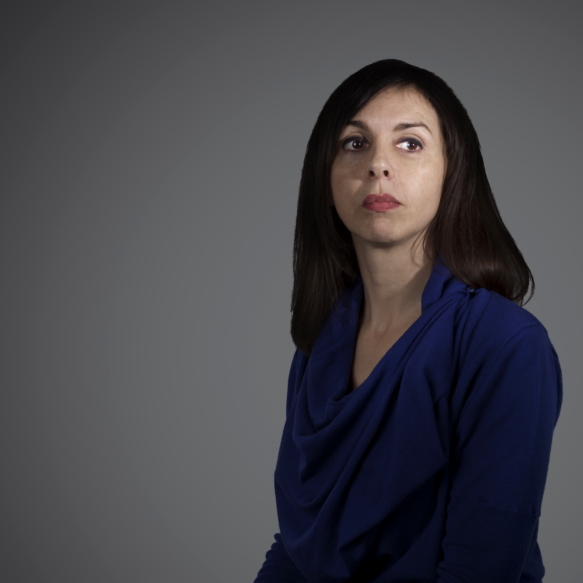SHARE-Architects: What is the combination of qualities that you look for in a project, when judging/analysing, but also when being yourself involved in the process of designing?
Manuela Gatto: With 23 years of experience at Zaha Hadid Architects, I have seen the company grow from a small “atelier” type of outfit of around 15 people to the 450 staff we have now. Key traits in the projects do remain constant over time, and these are what I normally look for in a successful design: a blend of aesthetic innovation, comfort and contextual sensitivity conflating into an energy-efficient design of spaces that evoke emotion and inspire awe.
S-A: What are the main challenges that the architect (in general) has to take on in today’s architectural scene? What are the challenges that you yourself have to handle in your own practice?
M.G.: As an architect today, one of the main challenges involve addressing sustainability by setting it at the very core of our projects: compliance by means of score charts is no longer enough. Another big challenge is the meaningful integration of advanced technologies, such as AI, in a trailblazing rather than reactive way. We at ZHA confront these challenges by embracing R&D to push the boundaries of design and technology, to create fluid, dynamic structures that are rational and sustainable, whilst also managing the complexities of large-scale, high-profile projects.
S-A: What are the essential three characteristics that any ”thoughtful” project should have embedded?
M.G.: In addition to innovative design, contextual sensitivity, and sustainability, a “thoughtful” project should be user-centric, integrating smart systems and digital tools for improved efficiency and performance, with the well-being for end-users being the ultimate goal. Resilience is essential, allowing the project to adapt to changing conditions like climate change. By integrating these points, a project achieves a holistic design approach, ensuring it is thoughtful, impactful, and enduring in every aspect.
S-A: How would you describe the evolution of the architectural field in Eastern Europe in the last 30 years?
M.G.: Over the past 30 years, Eastern European architecture has transformed significantly. Soviet era architecture encompassed exceptional experimental architecture, as well as one size fits all anonymity. It is now the time to continue fostering a design identity for the region based on the uniqueness of the former!

